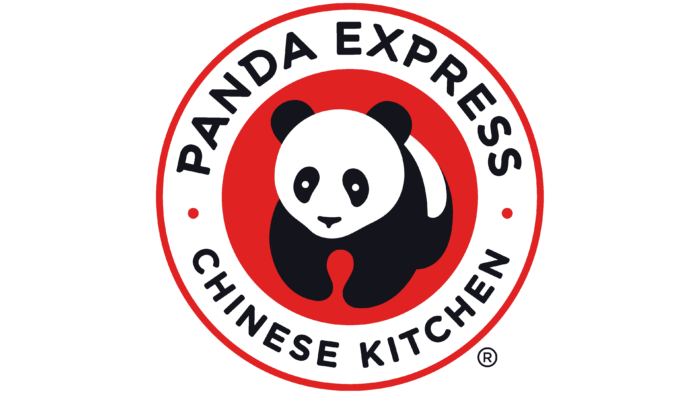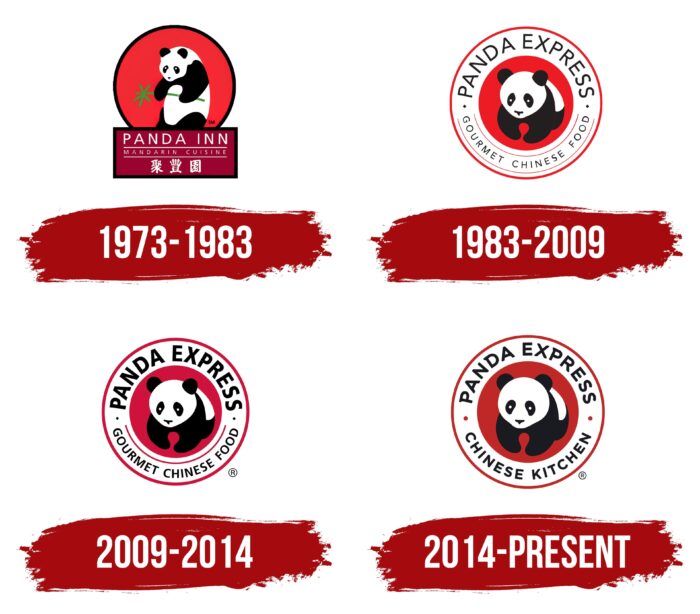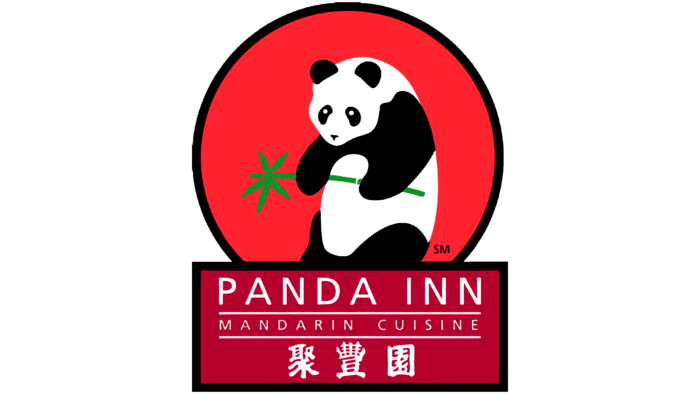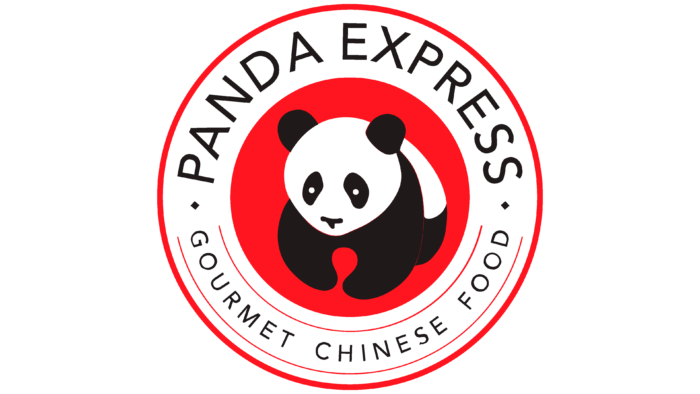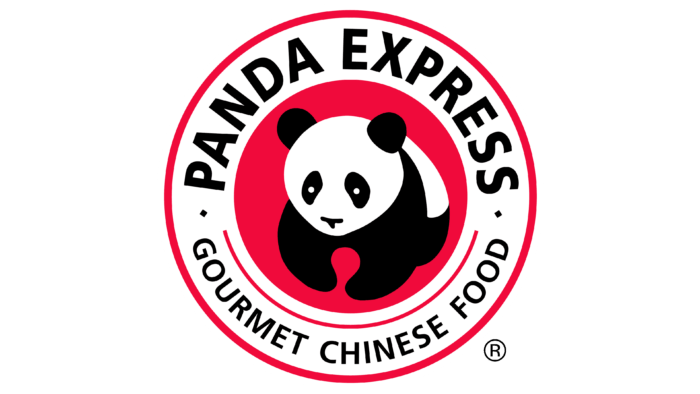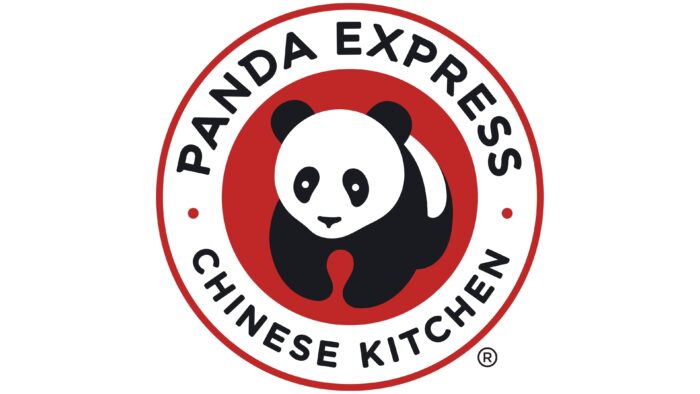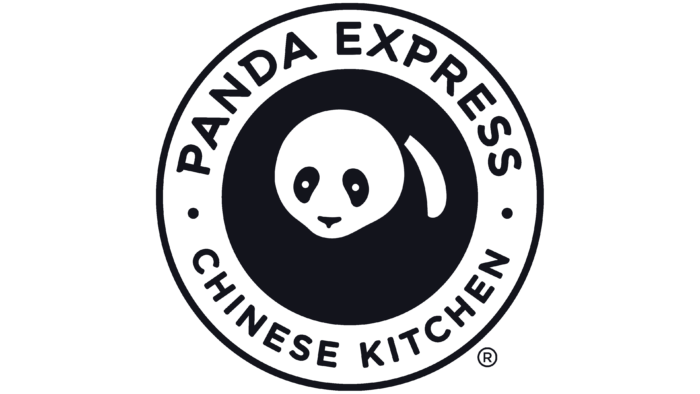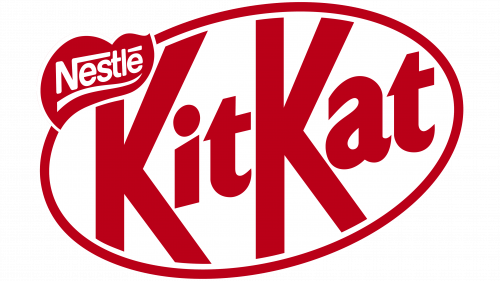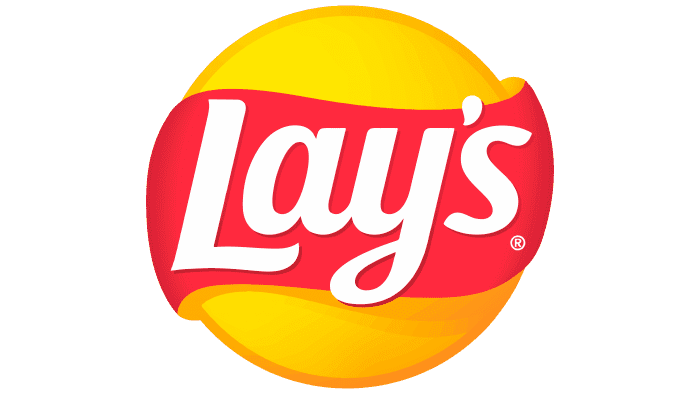This restaurant serves popular dishes from Chinese and American cuisines on plates, the Panda Express logo tells. They are delicious and fresh. Prepare very quickly. The menu is full of options for breakfast, lunch, and dinner.
Panda Express: Brand overview
In 2017, fast-food chain Panda Express celebrated opening its 2,000th branch. Since then, she has opened another two hundred restaurants where lovers of everything crunchy and spicy-sweet go to dine. The menu combines Chinese and American cuisine. The most famous of them is chicken pieces in orange sauce. It began to be served in 1987, four years after creating the brand. In 2008, chefs began to cook the popular Beijing Beef, which is made from beef, onions, and bell peppers. Just a year later, a low-calorie diet food appeared. In 2010, the first portion of shrimp with nuts and honey was sold. Authentic fast food is available in more than ten countries worldwide, including the UAE, South Korea, and Canada.
Panda Express, the largest chain of Chinese fast-food restaurants in the United States, is known for its American twist on Chinese cuisine, featuring signature dishes like Orange Chicken. The story begins in 1973 when founders Andrew and Peggy Cherng opened Panda Inn in Pasadena, California. This upscale restaurant served Sichuan cuisine, laying the groundwork for what would evolve into a fast-food revolution.
In 1983, fueled by Panda Inn’s success and the growing demand for Chinese food that suited the fast-paced American lifestyle, the Cherngs launched the first Panda Express in Glendale Galleria, Glendale, California. This new venture offered a quick-service version of Chinese favorites.
Continuing their innovation, in 1987, Panda Express introduced Orange Chicken, a dish that quickly became the most popular item on the menu and a defining feature of the brand.
Through the 1990s and 2000s, Panda Express expanded rapidly across the United States. By 2000, it boasted over 250 locations; by 2007, the number had surpassed 1000. The brand also established an international presence, opening restaurants in Mexico, Canada, Puerto Rico, South Korea, Japan, Guatemala, and Russia from the mid-2000s to the 2010s.
In the 2010s, Panda Express responded to the health-conscious consumer by diversifying its menu to include brown rice and vegetables and the Wok Smart line, offering fewer calories and less fat. The brand committed to using antibiotic-free chicken by 2025, emphasizing a shift towards natural ingredients and eliminating artificial additives.
Today, Panda Express operates over 2200 locations worldwide, maintaining its position as the premier Asian fast-food chain in the U.S. The brand continues to adapt to consumer preferences with innovations like digital ordering, plant-based options, and strategic partnerships.
Meaning and History
Together with Panda Inn, the Panda Express brand is owned by the large Panda Restaurant Group. The history of the family business began in 1973 when chef Ming-Tsai Cherng and his son Andrew opened their first Szechuan restaurant. Later, they were joined by Peggy Cherng, Andrew’s wife. To attract customers, they had to run many promotions and give away food for free.
The Panda Inn brand was in danger of going bankrupt, but it had a fast-food version—Panda Express. This happened in 1983 after the manager of Glendale Galleria suggested that restaurant owners open a fast-food outlet in the mall. They were lucky because they would not have succeeded without connections with Terrence Michael Donahue’s football coach.
Since then, the network has been actively expanding. Its branches operate on city streets, airports, university campuses, stadiums, and military bases. That is, the Panda Express logo, which at the same time serves as an advertising sign, is familiar to millions of people. It looks stylish because restaurant owners have considered the brand’s visual identity as important as a thoughtful menu.
Designers have created the most suitable symbol for catering establishments—the image of a panda. This logical choice aligns with the company’s vision and underlines its connection with Chinese culture. Scammers once tried to steal the Panda Express trademark. They opened a restaurant with the same name to pass it off as a chain branch and used the original logo without permission. After an investigation, the illegal point was closed, and its owners were fined.
In addition, Panda Express recently had a competitor, Panda Libre, who served Mexican-Asian cuisine. Due to the similarity of names and the common mascot presented on the emblems, a Chinese restaurant chain filed a copyright infringement in 2020. As a result, the business owner was forced to rename his catering outlet to Kung Pow Restaurant. Moreover, the Panda Express company itself uses a logo similar to the symbol of the public organization World Wide Fund for Nature, but this does not bother anyone. A standing panda is depicted here and there; only for the fast-food brand, it is directed to the left, and for WWF, it is directed to the right.
What is Panda Express?
It is the largest restaurant chain in the United States that serves American-style Chinese cuisine. It is part of the Panda Restaurant Group and is its most popular brand. The catering service began operating in 1983 with the opening of the Galleria food court restaurant. Over time, there have been many more outlets, in the US and abroad, so the logo is familiar to people worldwide.
1973 – 1983
Before Panda Express entered the market, a chain of Panda Inn restaurants served traditional Szechuan food in a formal setting. Its first establishment was opened in 1973, and at the same time, the logo appeared, which lingered for the next ten years. The central character, as expected, was the panda. The artists depicted her in cartoon style, with a green bamboo shoot in her front paws. To make the black-and-white animal stand out, they added a large red circle with a black border against the background – a kind of sun.
A crimson rectangular tablet with white inscriptions was displayed in the lower half. The brand name occupied the top line. In the middle, the phrase “MANDARIN CUISINE” was underlined on both sides with horizontal lines. Below it were three Chinese characters. For words in English, a thin sans-serif font was used.
1983 – 2009
In 1983, a “fast food” version of Panda Inn appeared – Panda Express. The new restaurant chain inherited the name and a system of graphic symbols from its predecessor. She got a similar logo with the image of a panda, although this time, the animal was not sitting but standing so that only three paws were visible. The overall design was reminiscent of the world-famous WWF badge. The background circle hasn’t disappeared. The developers designed it to look like a rondel, highlighting the scarlet middle and a wide white ring along the edge. The black outer outline became scarlet. The rectangular tablet disappeared, so all the inscriptions were in the ring. Traditionally, the brand name was on top, and below it was the phrase “GOURMET CHINESE FOOD.”
2009 – 2014
In 2009, Panda Express made its logo more expressive. To do this, she had to replace the red color with crimson and use a bold black sans-serif font for the text.
2014 – today
A few years later, the company again modernized the graphic symbol. The crimson color became a pale red, and all the edges of the letters were rounded off. However, the most significant update is that the brand name is now partly written in a serif font. As for the painted panda, the designers have slightly changed its shape, although this is not so noticeable. In place of the long phrase “GOURMET CHINESE FOOD” is “CHINESE KITCHEN.”
Panda Express: Interesting Facts
Panda Express is a well-known fast-food chain in America that serves American Chinese food. It’s famous for dishes like orange chicken.
- Background: Panda Express was started in 1983 in Glendale, California, by Andrew Cherng, his father Ming Tsai Cherng, and his wife Peggy. Before this, they opened Panda Inn in 1973, a more traditional restaurant.
- Ownership: The Cherng family still owns and runs Panda Express. They focus on keeping the food quality high and bringing new ideas.
- Orange Chicken: This dish, created by Chef Andy Kao in 1987, has become incredibly popular. Panda Express serves millions of pounds of it every year.
- Worldwide Locations: Panda Express is available in the USA, Canada, Japan, Mexico, South Korea, and the United Arab Emirates.
- Innovation Kitchen: Opened in 2014 in Pasadena, California, this place tests new food items, designs, and how they serve food. It helps them come up with new things for the menu.
- Helping the Community: In 1999, the Cherng family created the Panda Cares Foundation to support health and education for children who need it. Panda Express has raised money for schools, helping after disasters, and children’s hospitals.
- Caring for the Planet: Panda Express strives to be more environmentally friendly. This includes using environmentally friendly packaging and saving energy in its restaurants.
- Tea Bar: Some locations have a Tea Bar where customers can get drinks like boba tea, smoothies, and specialty iced teas.
- Direct Management: Panda Express directly manages all its restaurants in the US, which helps ensure good food and service everywhere.
- Embracing Culture: The chain celebrates Chinese New Year, teaching customers about holidays and holding store events. It’s a way to honor and share its cultural roots.
Overall, Panda Express combines American Chinese food with a focus on high-quality food, innovation, and community support, making it a customer favorite.
Font and Colors
The restaurant chain’s mascot demonstrates its connection to China, as pandas are found only there. These animals are considered a national symbol of the PRC and are even used as a diplomatic tool – a “living gift” for friendly states. Modern China rents them out for ten years and takes them back with the cubs, so it’s hard to come up with something more Chinese than a panda. The country’s authorities do not allow bamboo bears to settle around the world and make good money on them, although all the money goes to the endangered species protection fund. So, the Panda Express logo fully reflects the concept of the restaurant.
Until 2014, the words on the brand logo were written in Frutiger Cond Bold, which appeared thanks to Adrian Frutiger. Then, the typographers worked on the style and transformed the grotesque so that the letters “P” and “D” appeared in one short serif at the top. The edges of all symbols have become rounded, which was not observed before.
The color scheme has also been changed: the traditional raspberry shade (#CE123D) has been replaced by red (#C12322). After the redesign, only black (#000000) and white (#FFFFFF) remained.
FAQ
What company owns Panda Express?
The Panda Restaurant Group, Inc., owned by the Cherng family, runs the well-known Panda Express, Panda Inn, and Hibachi-San restaurants. The company started with Andrew and Peggy Tsiang Cherng and Andrew’s father, Master Chef Ming-Tsai Cherng, from Yangzhou in Jiangsu, China. They brought their family’s Chinese cooking skills to America.
The family didn’t stop there. They also started Hibachi-San, which focuses on Japanese food, adding more variety to their business. The Panda Restaurant Group shows what the Cherng family has achieved. They’ve managed to mix Chinese and Japanese food with American tastes. Their focus on good food, new ideas, and sticking to their values has helped them grow. Today, they’re known worldwide and continue to expand their business.
Why is Panda Express famous?
Panda Express is the biggest Chinese fast-food chain in the U.S., and it is loved for its famous orange chicken and chow mein. This dish, known for its sweet and tangy flavor, has won millions. The chain also offers other favorites like Chow Mein, making it a hit among those who love noodles.
With more than 1800 locations worldwide and 27,000 employees, Panda Express serves many customers in America and globally. This big team plays a huge part in the chain’s success, ensuring enjoyable meals. What makes Panda Express stand out is its fast yet quality service. It’s perfect for anyone looking for a quick, tasty meal. By mixing Chinese flavors with an American twist, Panda Express has created a special spot in the fast-food world, different from other restaurants.
What is the meaning of the Panda Express Logo?
The logo shows what the brand is about, mixing simple design with deep meaning. It’s all about a giant panda, a well-known symbol of China, which links the restaurant to its Chinese roots.
The logo has the panda inside a red circle, which is about where the panda comes from and the color red’s importance in Chinese culture, representing luck and joy. The way the logo’s letters look, mimicking bamboo sticks, adds to this connection. Since pandas eat bamboo, this ties everything back to the logo’s main image and shows the brand’s true Chinese inspiration. A short tagline with the logo often tells customers they’re getting Chinese-style food. The logo cleverly combines symbols and design to reflect its heritage in Chinese cooking and its goal to offer a great and genuine eating experience.
What does the logo symbolize, the Panda Express Logo?
The logo, featuring a black-and-white panda, is closely tied to Chinese culture and the restaurant’s values. In China, the panda symbolizes many positive things, such as friendship, peace, and sincerity.
The panda in the logo is a clear sign of the restaurant’s connection to Chinese cuisine, suggesting that its menu items are either inspired by or taken directly from classic Chinese recipes. The friendly image of the panda serves as a welcoming face for the brand, inviting people to enjoy the warm hospitality Panda Express aims to provide. The panda symbolizes the brand’s promise of quality and genuine dining experiences. It assures customers that at Panda Express, they’ll find a perfect mix of Chinese tradition with the convenience of American fast food.
Why is the Panda Express logo a panda?
The logo has a giant panda because it directly represents the brand’s name and connects to its Chinese-American identity. The panda is a symbol many people link to China, which is famous for its culture and food. Panda Express offers Chinese food adjusted to American tastes, so the panda in their logo perfectly matches what they’re all about.
The founders of Panda Express, American restaurateurs of Chinese background, chose the panda for their logo on purpose. They wanted to clearly show the link between their Chinese heritage and business in the U.S. The panda symbolizes this blend of authentic Chinese food with the fast, easy style of American dining. Using a panda helps make Panda Express stand out and shows its role as a cultural link.
What is the Panda Express mascot name?
Panda Express’s mascot is a black and white bear named Tom Tom. In a 2008 ad, the company also introduced another panda named Eddie. The commercial featured both pandas talking in a zoo about wanting to eat Beijing beef instead of bamboo, making a fun reference to one of Panda Express’s dishes.
Tom-Tom and Eddie helped highlight what Panda Express has to offer, but the panda on the logo doesn’t have a name. This panda represents the restaurant’s Chinese-American food, standing for the brand without being linked to a specific story. The logo shows Panda Express’s aim to bring Chinese-style meals to people everywhere, using a widely known and loved symbol to represent Chinese culture.
Did Panda Express change its logo?
In 1983, Panda Express changed its logo from a rectangular Chinese character plate to a round seal with a panda in the center, a big shift that made its connection to Chinese culture and food more obvious. Since then, the logo’s basic look hasn’t changed much, keeping the round seal and panda, which have become key symbols for the brand. Over time, though, there have been small tweaks to the logo’s style and colors. For example, in 2014, they changed the central circle to red, an important color in Chinese culture, standing for happiness and good luck. They also added details to the letters to make them look like bamboo sticks, linking the logo even more to the panda and Chinese cooking traditions.
These updates have kept the logo fresh and modern while maintaining the original design’s spirit. The logo shows the brand’s focus on making Chinese-style food that everyone can enjoy, mixing traditional flavors with a fast-food approach that fits well in America.
